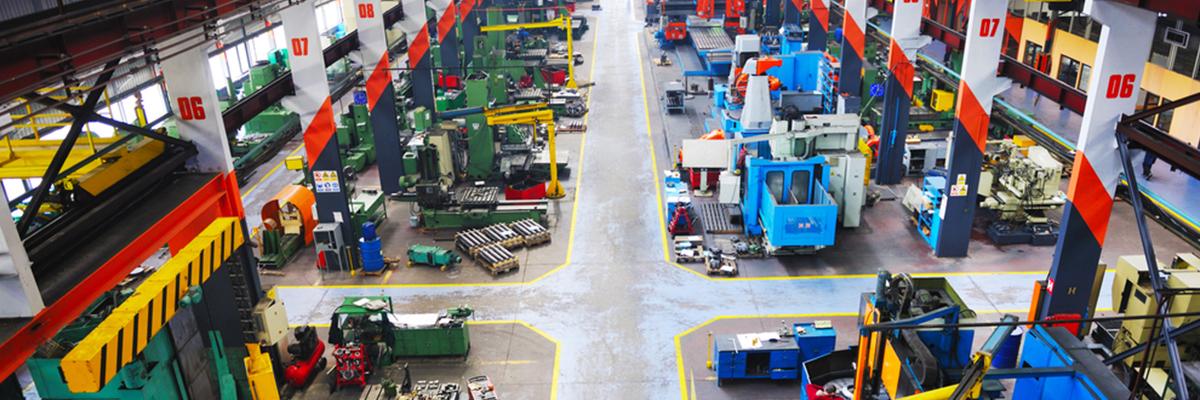Age And Gender (EEOC)
ISSUE
An EEOC lawsuit was brought against a manufacturing company claiming that they discriminated against women and the elderly as the number of women and specifically older women were not hired by the company.
METHOD
A site visit was conducted to evaluate the various work activities within the factory. Heart rate monitors were utilized to collect work effort levels (heart rate elevations) of a subset of workers. In addition, a set of common manual material handling tasks that required lifting, lowering, pushing or pulling was analyzed in detail utilizing video records, physical workplace measurements and force measurements in combination with biomechanical modeling software.
RESULTS
Based on the work effort levels the percentage of the female population that would have sufficient work capacity to perform the job could be calculated as could the effects on age. The percentage of the female population that would have sufficient strength to perform the job tasks was derived from the biomechanical models. The overall female population with both suffienct strength and physiological work capacity was derived and compared to the female population in the manufacturing site – There were more women in the work environment then what was predicted by the biomechanical models and the physiological work capacity. Case was dropped.
